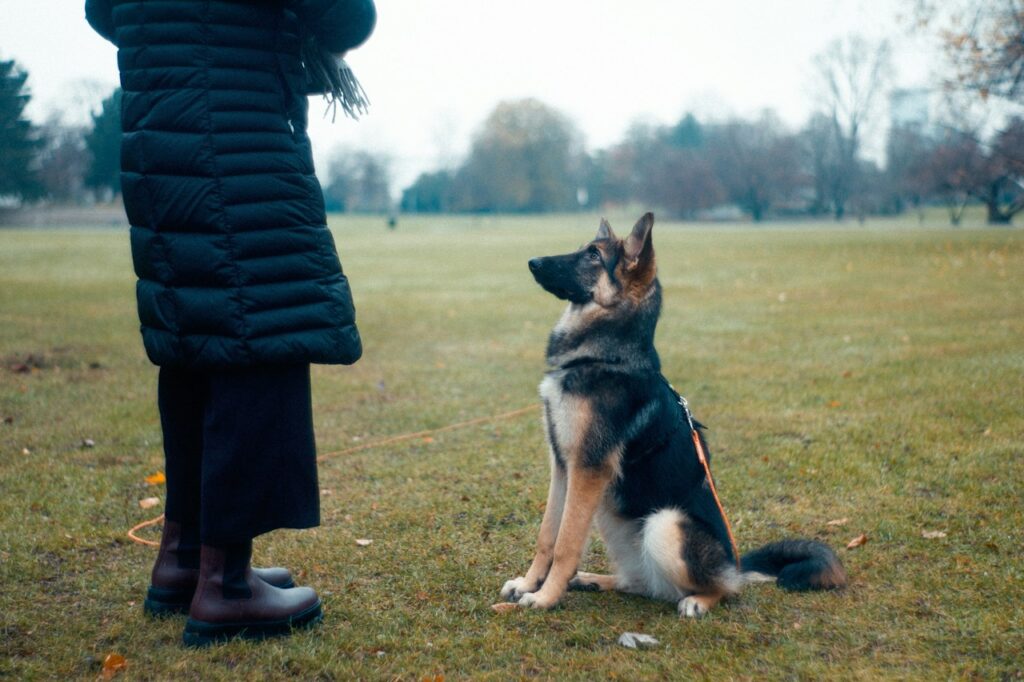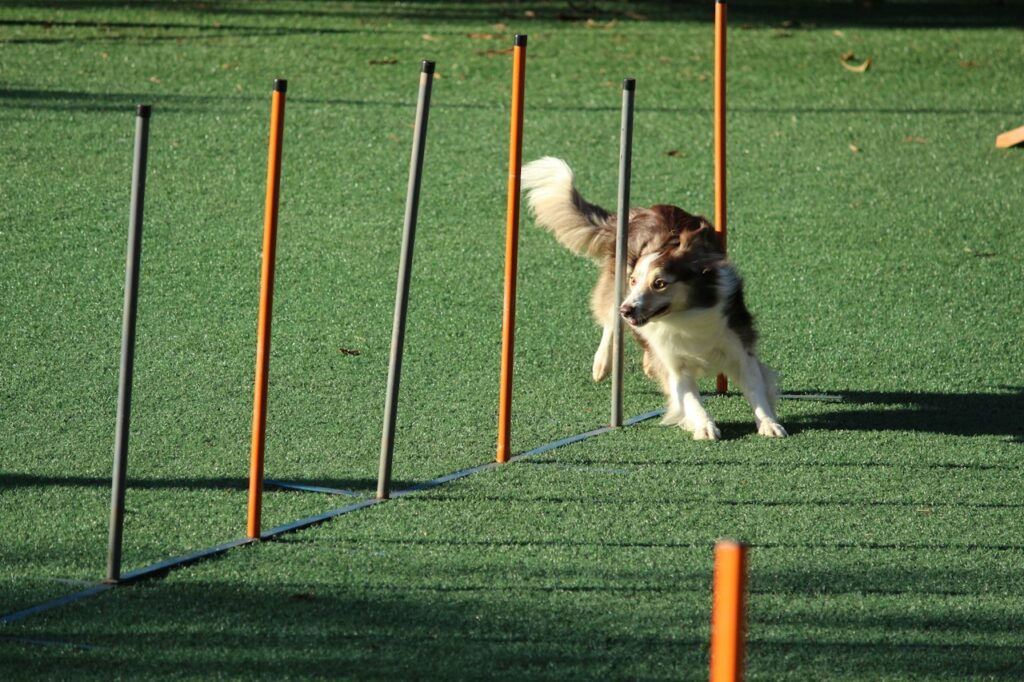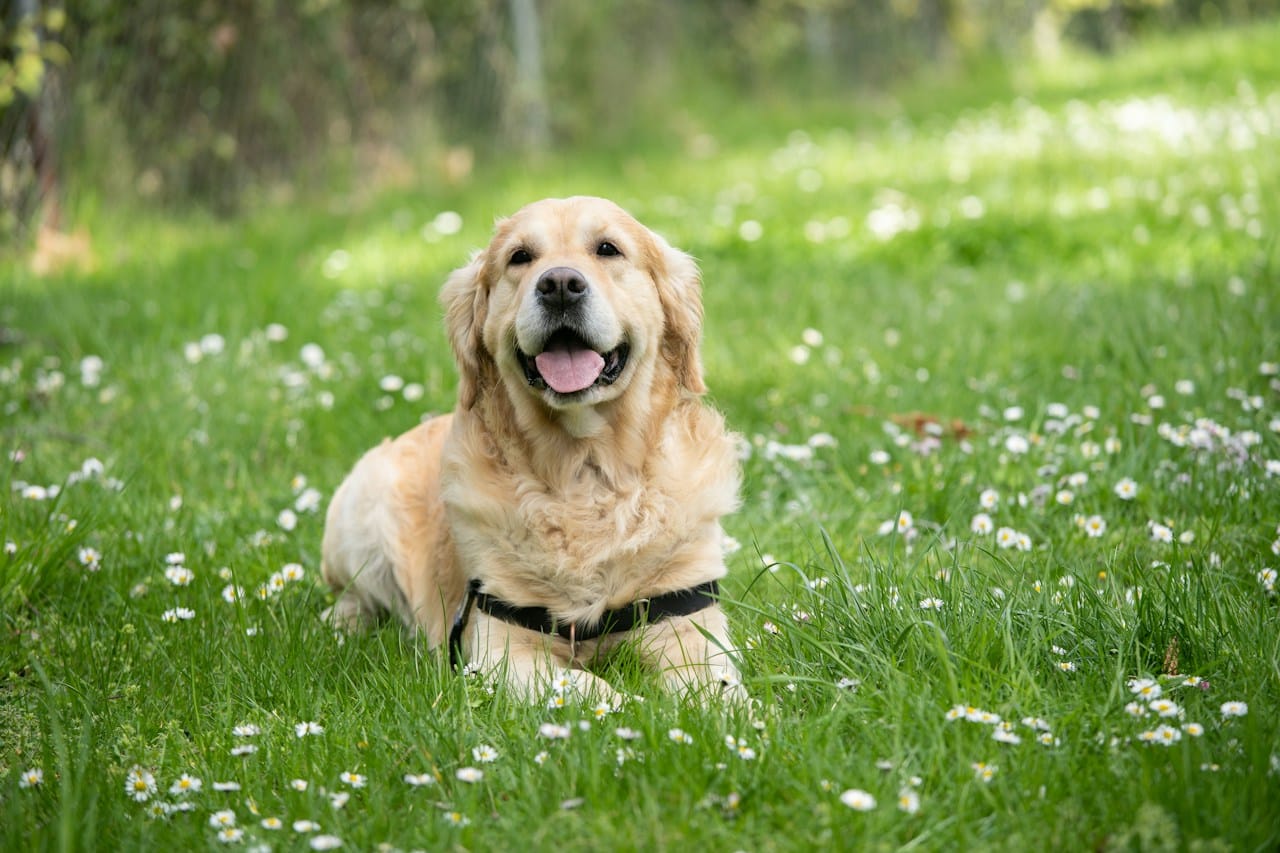Training your dog is like teaching it to understand your words and follow your rules. If your dog doesn’t come when you call, barks too much, or jumps on you and your friends, don’t worry – there are things you can do!
One way is to ask, “How to train a dog?” Training helps your dog learn to follow your instructions and do simple tasks. It’s a good idea to start when your dog is still a puppy, but even big dogs can learn new tricks.
Dogs are clever animals. People have trained them to do amazing things, like sniffing out stuff, helping those who need assistance, and even rescuing people in danger. So, how can you train your dog to listen to you? Let’s find out!
Table of Contents
Read Also: Can dogs eat cashews? Benefits of cashews for dogs

How to train a dog?
Genetic structure
Understanding your dog’s background is like getting to know its special traits. Dogs have a lot in common with wolves – they care about who’s in charge. Like wolves follow a leader, your family is like a pack for your dog, and your dog needs to see you as the leader.
In wolf packs, the leader picks the coziest spot to sleep and gets to eat first. So, if your dog sleeps in your bed or jumps on the furniture, it might think it’s the boss. The same goes for giving snacks from the table during meals.
Even when your dog is a little puppy, it can learn that you’re the one in charge. Try looking into your dog’s eyes until it looks away – it’s like telling them you’re the boss. Also, rubbing their belly when they lie down shows that they’re being respectful. If your dog is bothering you and doesn’t stop when you say “No!”, try ignoring it or stepping out of the room.
When your dog listens to your instructions, it’s like saying, “You’re the leader!” If you don’t make it clear that you’re in charge, your dog might think it’s the same as you or even higher. This can affect how your dog behaves.
Read Also: Can dogs eat cilantro? Do Dogs like them
How to learn simple commands?
To teach your dog important tricks, you only need a collar, a leash, and lots of patience. A dog training book gives some cool tips: (1) use short and simple commands, (2) show the dog what you want it to do, and (3) say “good job” right after it does the trick. The way you say things is more important than the words. Commands should be firm, and praise should be happy and sincere.
You don’t need to use physical punishment like hitting or kicking. Markos, a dog trainer, says, “I say ‘no’, making the sound longer so the dog knows I’m not happy with its behavior.” He adds, “Dogs are smart; they know when you’re happy or scolding them.”
If something more serious is needed, you can grab the dog’s neck and say, “No!” Corrections should be done while the dog is misbehaving or right after. A dog might not understand why it’s being scolded if it happens minutes or hours later. Also, it won’t get why something is okay in one situation and not in another, so try to be consistent.

Command: “Sit down!”
The key to everything is the command: “Sit down!” If your dog gets this, you can use it when it gets too excited.
For instance, you can ask it to sit down when it starts jumping on visitors. To teach this, put the collar around its neck, say “Sit down,” and pull its head up. Praise it right away. Repeat until it gets it.
To teach the dog to sit, stand in front of it, say “Sit!” and if it moves, say “No!” and put it back in place. Repeat the command, and when it sits for a bit, praise it. As it learns, make it sit longer and increase the distance between you two.
To teach the dog to come to you, use a long leash and pull while calling its name and saying, “Come on!” Walk backward as it comes towards you, and keep praising. Soon it will come when called without a leash. If the dog doesn’t respond without the leash, call and run away; usually, it will follow.
A little tip: never say “Come on!” in a bad way, like when scolding. The dog needs to learn that “Come on!” means something good: either praise or food. If you get upset, the dog might think coming to you is not fun.
You can also teach your dog to walk beside you without rushing ahead or lagging. Use a collar and a short leash.
Stand on the left, say “Walk!” and step forward with your left foot. If the dog tries to go too fast or too slow, give a quick pull on the leash and repeat the command. Praise when it listens.
How to stop your dog from jumping on you?
To stop your dog from jumping, try this: step back and say, “Get down!” Then, ask it to sit by saying, “Sit down!” If that doesn’t work, take its front paws with both hands and move towards it while saying, “Get down!” Don’t forget to praise when it listens and behaves well.
Tips for training a dog
Here are some cool tips for talking to your dog:
1. When you talk to your dog, say its name when you give commands like “Listen, sit down!” Dogs like it when you use their name, and it makes them pay attention. But don’t confuse them by saying their name and then scolding them with a “No!” Make sure your dog thinks being called means something good, not something bad.
2. Dogs like praise, so don’t hold back! For many dogs, a kind word means more than treats.
3. Keep training short and fun. Dogs enjoy quick and happy lessons.
4. Be careful not to encourage bad behavior. Avoid giving too much attention when your dog is misbehaving. That might make them do it again.

How to train a puppy to relieve itself outside?
Teaching a puppy where to do its business is important! Here are some easy steps:
- Keep Puppy in a Special Spot: When your puppy is little, keep it in a certain area when you’re not around. Most dogs don’t like to mess up where they sleep.
- Watch and Praise: Notice when your puppy needs to go potty. Take it to a specific spot (with a leash) right after it wakes up, after eating, after playing, or before bedtime. Praise your puppy when it does its business there. You can even teach it a special word for potty time!
- Look for Signs: When your puppy is out and about, be careful if it shows signs it needs to go potty. This could be when it stops playing, sniffs around a lot, or rushes out of the room.
- Quick Reprimand: If your puppy has an accident inside, tell it “No!” and take it outside right away. But remember, correcting it much later doesn’t help.
- Clean Up Right: If there’s a mess, clean it up with a vinegar solution to get rid of the smell. Otherwise, your puppy might use that spot again.
With these steps, you can help your puppy learn where it’s okay to do its business!
Note
Sometimes, when a dog gets super excited to see you, it might accidentally pee. It’s a natural thing called submission urination.
This means your dog sees you as the leader or boss. Scolding the dog for this wouldn’t help and might make it pee even more because it wants to show that it sees you as the leader. Luckily, this usually stops when the dog turns two years old.
Reference: Dog Training


